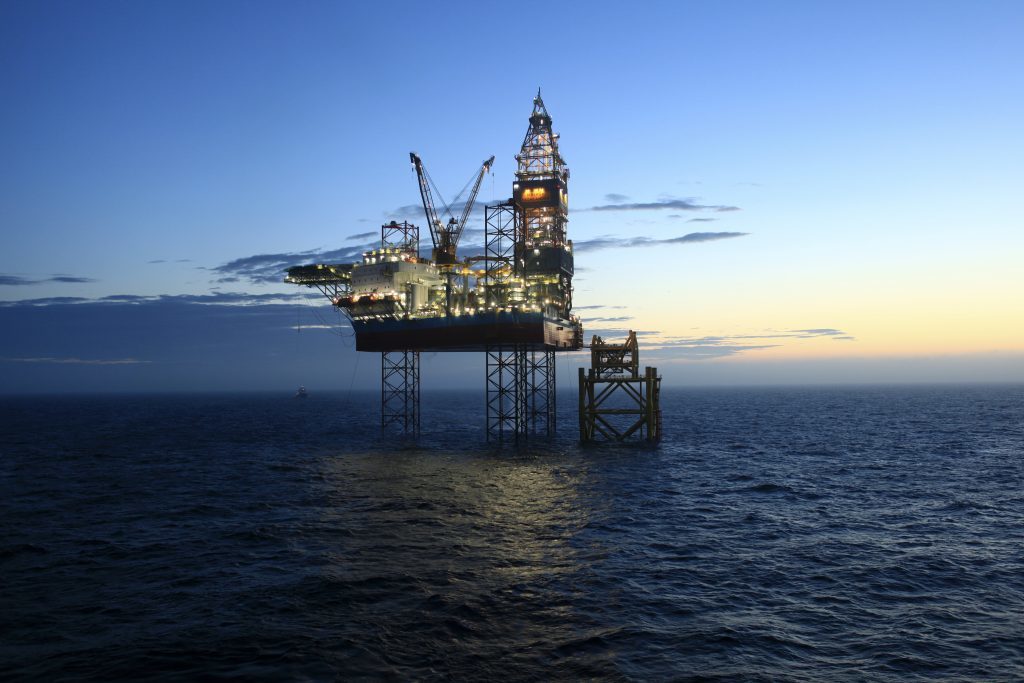
The North Sea Transition Authority (NSTA) has fired the starting pistol on the 33rd oil and gas licensing round, the UK’s first since 2019.
A total of 898 blocks and part-blocks of acreage are up for grabs in the North Sea, which may lead to over 100 licences being dished out.
The move includes “priority clusters” for energy security, but activist group Greenpeace has warned it will mount a legal challenge against the process, which it termed “possibly unlawful”.
Energy companies can bid for exclusive permits to explore and potentially recover any oil or gas they uncover.
The launch of the licensing round has been welcomed by senior figures within the North Sea sector, who say the process will boost domestic gas supplies, sustain the offshore industry and shore up energy security.
Priority clusters
As it stands, the average time between discovery and fields coming on stream is around five years, though NSTA analysis shows that figure is falling.
In order to encourage production as swiftly as possible, to ease the UK’s energy woes, the industry regulator has identified four priority clusters in the Southern North Sea, an area rich in gas.
They all have known hydrocarbons, are close to infrastructure and have the potential to be developed quickly – the NSTA will seek to license these ahead of others.
Applicants are also being pushed to bid for these areas so they can begin producing, and lowering household bills, as soon as possible.
Government welcomes North Sea licensing round
UK business and energy secretary Jacob Rees-Mogg said: “Putin’s illegal invasion of Ukraine means it is now more important than ever that we make the most of sovereign energy resources, strengthening our energy security now and into the future.
“Ensuring our energy independence means exploiting the full potential of our North Sea assets to boost domestic production – recognising that producing gas in the UK has a lower carbon footprint than importing from abroad.
“That is why we welcome the launch of the NSTA’s new licensing round, which will help support highly skilled jobs across the UK’s energy industry, boosting both our energy security and our economy.”
All sectors open for business
Acreage in the West of Shetland, Northern North Sea, Central North Sea, Southern North Sea and East Irish Sea is available to prospective bidders.
To support offers, the NSTA is publishing data packs with summaries of key prospects and discoveries, with the aim of stimulating exploration and encouraging new opportunities.
Officially announced by Liz Truss last month, just a few days into her tenure as Prime Minister, the 33rd licensing round follows the publication of the climate compatibility checkpoint.
Concrete details about the checklist were finally release just over a fortnight ago – the UK Government launched a consultation on the matter last year.
It adds another level of scrutiny to new oil and gas licences; setting out hurdles they must clear in order to receive approval.
However, critics believe the process will be little more than a formality, and argue the licensing round will do little to help address the UK’s energy shortages as vast quantities of hydrocarbons will go overseas.
Will run until next year
Companies will now have until January 12 to submit their bids, with the results of the round expected in late spring of 2023.
Each stage that follows – exploration, development and production – will be subject to further consents from the NSTA and the Offshore Petroleum Regulator for Environment and Decommissioning (OPRED).
The blocks offered have been agreed following consultation with other relevant public bodies regarding other activities and plans for the area.
Andy Samuel, NSTA chief executive, said: “The NSTA is working closely with industry and government to meet UK needs with North Sea supplies produced as cleanly as possible. The UK is forecast to continue importing natural gas as we transition to a fully renewables system and our North Sea gas has less than half the footprint of imported LNG. This licensing round includes gas discoveries in the Southern North Sea which can be rapidly tied back to existing infrastructure.
“All developments undergo environmental and emissions assessments. As with good safety leadership, good environmental performance is good business. For example, we worked with industry to cut flaring again in 2021 by 20%, saving enough gas for 130,000 UK homes.
“Security of supply and net zero should not be in conflict. The industry has committed to halving upstream emissions by 2030 and investing heavily in electrification, carbon storage and hydrogen.”
New licences ‘possibly unlawful’
As with the announcement of the new licensing round, the launch of the process has drawn harsh criticism from environmental groups.
They have long claimed that expanding North Sea supplies will do little or nothing to help the UK in its energy security push.
The major issues flagged are the time it takes for new fields to get up and running, as well as the export of oil and gas overseas.
Greenpeace staged a 12-day protest in 2019 aimed at preventing the Paul B Loyd Jr from reaching BP’s Vorlich field.Philip Evans, energy transition campaigner for Greenpeace UK, said: “Yet again this government’s energy policy benefits fossil fuel companies and no one else. Supporting the oil and gas giants profiteering from the energy and climate crises ignores the speedy solutions that are best for the economy, for lowering bills and for the climate.
“Experts have repeatedly made clear that we need warmer, energy efficient homes, and a big push for cheap, homegrown, renewable power. Yesterday the IMF explained yet again that any delay to decarbonisation makes it much more expensive[1]. New oil and gas licences won’t lower energy bills for struggling families this winter or any winter soon nor provide energy security in the medium term. New licences – and more importantly more fossil fuels – solve neither of those problems but will make the climate crisis even worse. They are possibly unlawful and we will be carefully examining opportunities to take action.”
A timely return to North Sea licensing
Usually an annual event, the last licensing round was launched in July 2019 and released in Sept 2020, with 113 licences awarded to 65 companies.
Since then the process has been on hold while consultations on the environmental impacts of further oil and gas exploration have been carried out.
That delay, plus other factors such as the pandemic, mean that just five exploration wells were drilled in 2021 – the lowest number ever, according to trade body Offshore Energies UK’s (OEUK) Economic Report 2022, published last month.
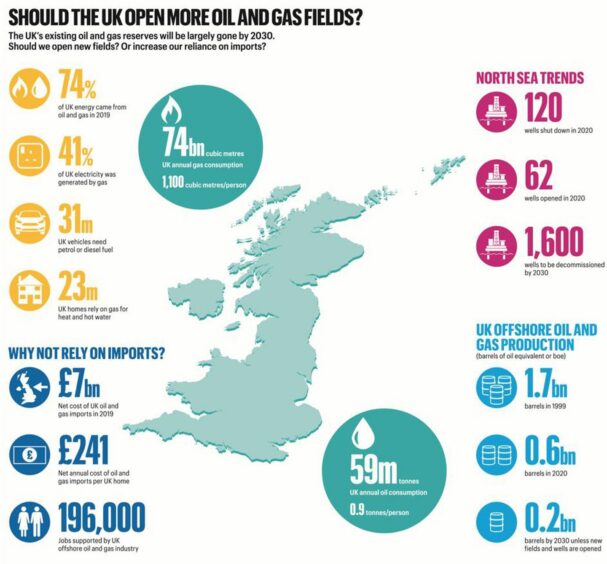
Westminster has made scaling up North Sea oil and gas production a key pillar of its strategy to turn the UK into a net energy exporter by 2040.
The UK’s offshore industry produced 38% of the nation’s gas and the equivalent of 75% of its oil in 2021.
In recent months the industry has increased gas flows to try to makeup some of the shortfall caused by Russia’s invasion of Ukraine.
But as the North Sea is an aging basin, and production is falling, OEUK says new licences are “vital” to offsetting natural declines.
Environmental ‘bonus’ from North Sea licensing round
The OEUK trade body said there is an environmental “bonus” to producing oil and gas from new fields.
State-of-the-art installations will be designed to minimise gas leaks and flaring, reducing the industry’s operations emissions and helping to deliver on the goals of the North Sea Transition Deal.
Mike Tholen, OEUK’s acting chief executive, said: “The UK gets 75% of its total energy from gas and oil so producing our own reduces our vulnerability to global shortages of the kind caused by the Ukraine conflict.
“There is no conflict between issuing new licences and reaching carbon neutrality. Our industry is committed to net zero and also to helping build the low-carbon energy systems of the future. But this is a journey that will take decades during which we will still need gas and oil.”
Recommended for you


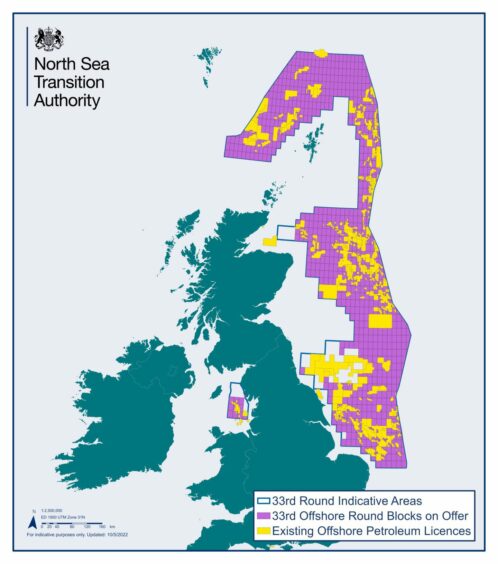 © Supplied by NSTA
© Supplied by NSTA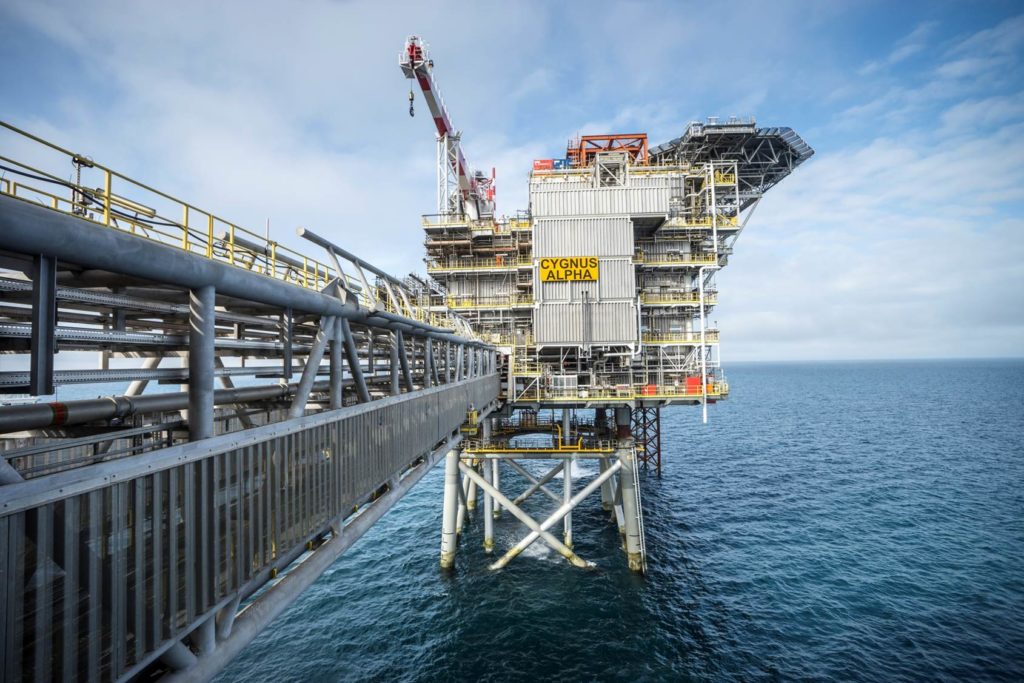 © Neptune Energy
© Neptune Energy © PA
© PA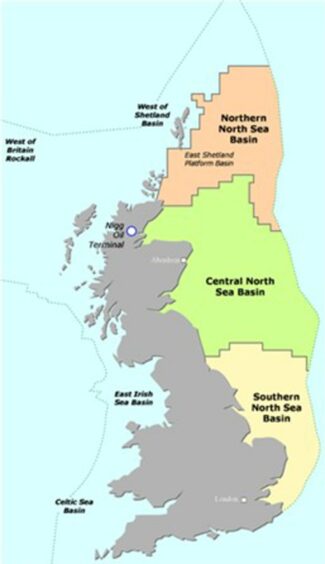 © Supplied by OEUK
© Supplied by OEUK © Supplied by NSTA
© Supplied by NSTA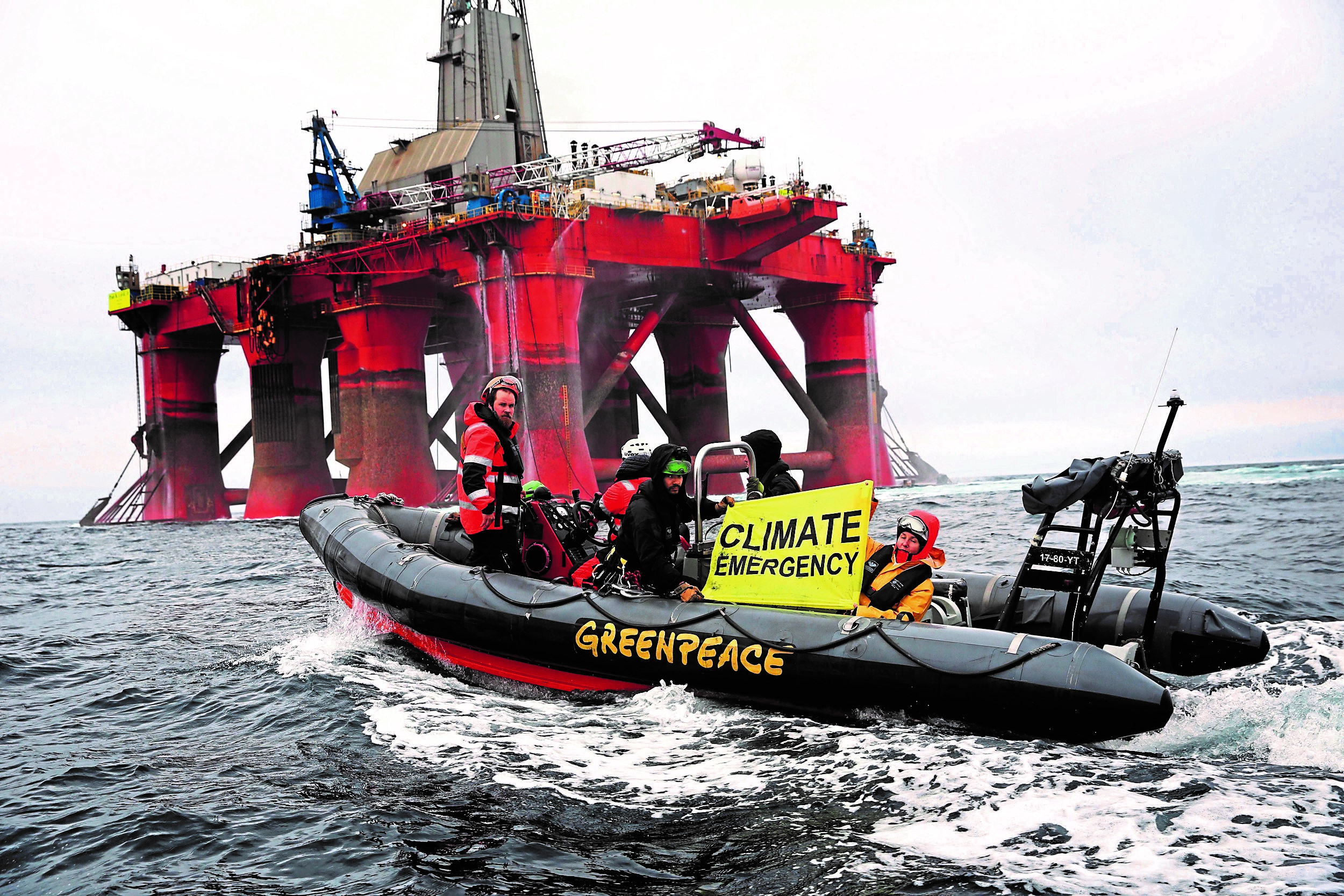 © Greenpeace
© Greenpeace